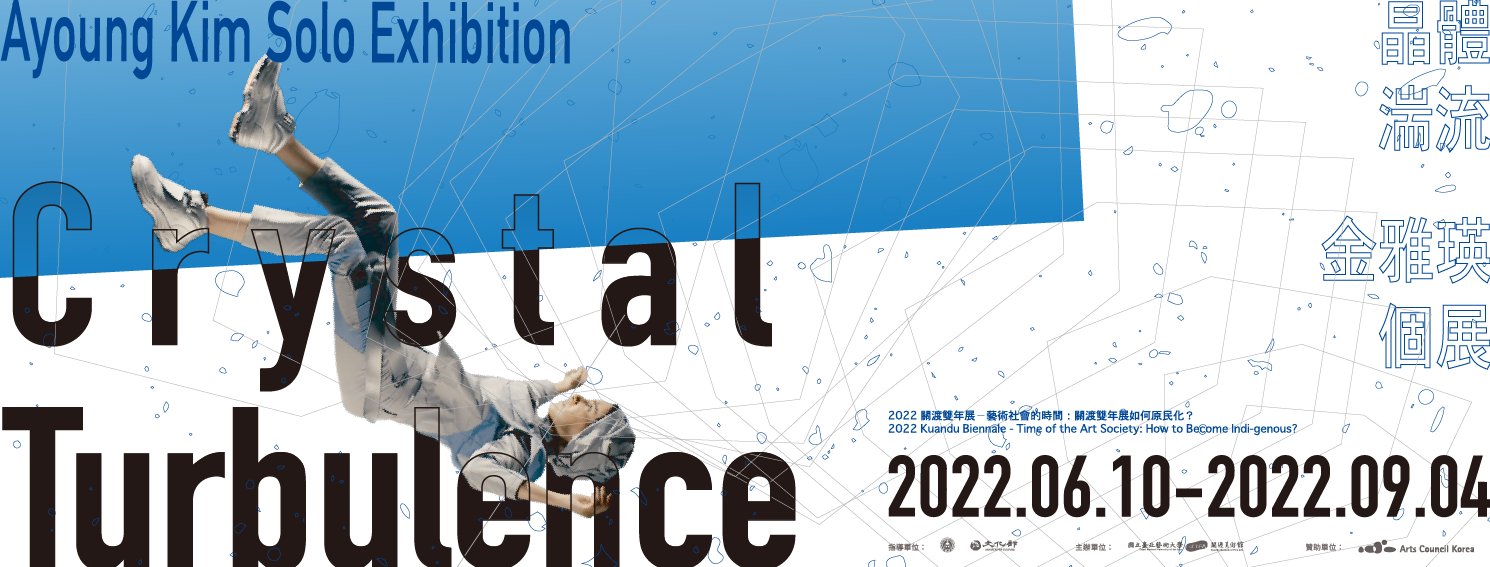Indi-genesis Time in Trans-vita Experiments: Two or Three Things about Ayoung Kim’s Faction
Ayoung Kim’s art practice has always involved her concern for resources and energy, reimagining the relationship between human lives and energies as geological and ecological essence: the bioenergy inherent in humans and other creatures; the lamination energy in minerals; and the surreal energy woven into social issues and futuristic narratives. Presented as “trans-vita sci-fi theatre”, the lives of humans, minerals, animals, plants, microorganisms, viruses, and even energies, are mutually supported, tautomerized, symbiosed, and even inter-resulted by the actions of particles, energy, and qualitative changes in Kim’s art projects. Grounded in the idea of intimate relationships between these various subjects, this is how Kim understands the world, setting the core of her narratives and the approach as a trans-territorial, trans-border, trans-gender, trans-cultural, and trans-species investigation of the fluidity and interchangeability of life itself. This relationship, like the generation and the resonance of sound, the accumulation and the consumption of energy, the separation and the hybridity of identities, the virus and the antibody, the coexistence and the mutation of species, and the charge and the decay of inorganic matter, is both agent and reagent in Kim’s work.
With In Search of Petra Genetrix and Porosity Valley, Kim calls attention to the life circle of fossil fuels, fictionalizing global history with a history of animism. Gilles Deleuze and Félix Guattari attempted to recreate the notes of Professor Challenger from Conan Doyle’s The Lost World, in which prehistoric lives are no longer just figures caught between geological strata but rather “trans-vita” beings that shuttle through petrographical formations as notes composed of geology and biology. Similarly, the mineral life cycle in Kim’s work must be understood by the time of particle immigration, just as a generation of rock strata is recognized through the microorganism activity of a living environment. Mineral crystallization is never a process of solidification, but rather a turbulence-link surged out of the seed crystal which, in Deleuze’s (1981, 1985) sense, is “a period of time shorter than the shortest continuous period imaginable.”
The immigration of these particles, or microorganisms, is also parallel to the lives of refugees today. In the underwater world of the Surisol, an allegory for the alternative (the COVID) society, the connections and needs of people are no longer determined by social or industrial development but operate through another living cosmos like the turbulence under ocean currents: the globalized metaverse born with the virus. It is the movement of the particles—that is, the eukaryotes—that determines human connection, and people are therefore reduced from being developers and users of energies to being contributors. Here, human beings are resources, returned to their indi-genesis. Such a cosmos is a “deep time,” intertwined by the times of the strata and the times of the data, and the drops of the different scales into the water become the trans-vita marks in this temporality.
There are no ancient legends or historical beliefs in the Surisol, only the daily lives of the present turning into science fiction memories of the last life as if they were a myth. Constituting a sort of sci-fi pop aria using futuristic narratives imagined by science in the past has never been in Ayoung Kim’s vista. As a trans-vita cyborg experimenter, she strives to see through the lives heaped in different temporalities—the trans-vita-sphere. In light of the Russo-Ukrainian War that has revealed a post-pandemic post-globalization, Putin, the pre-pandemic dictator, is still arrogantly measuring people’s lives with fossil fuels. Putting that dwindling oligarchy in the context of the trans-vita-sphere of the Surisol, it becomes a mere dwarf of the political pop from the antique representational establishment. (Written by Chien Hung Huang)
